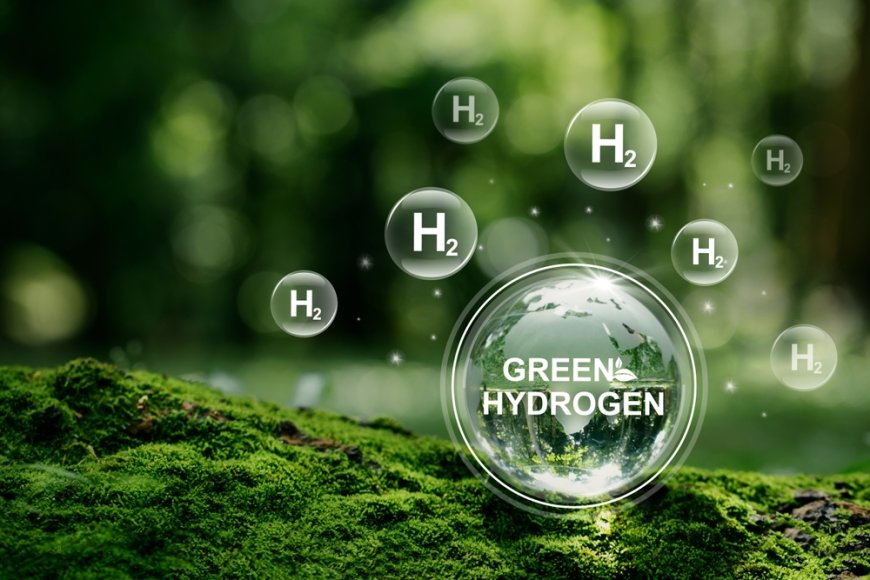Green Hydrogen Production from Sugar Cane Waste
Researchers at the University of Johannesburg have developed a more efficient method to produce green hydrogen from crushed sugar cane waste. The new process, called Sorption-Enhanced Chemical Looping Gasification (SECLG), shows high energy efficiency and low production of unwanted by-products. This innovation could help decarbonize energy-intensive industries like steel and cement in the future.

A promising industrial process can turn crushed sugar cane waste into green hydrogen efficiently, according to a SECLG process simulation from the University of Johannesburg. The simulation indicates high energy efficiency for green hydrogen and produces a small fraction of unwanted by-products compared to conventional biomass gasification plants. This process may help decarbonise energy-intensive industries like steel and cement in the future.
Large-scale gasification methods currently in use are not energy-efficient, do not yield high rates of green hydrogen, and produce high levels of tar and other by-products. Professor Bilainu Oboirien from the University of Johannesburg explained the drawbacks of current methods and highlighted the inefficiencies in capturing carbon dioxide and dealing with high tar yields.
A more efficient method for producing green hydrogen from biomass, known as Sorption-Enhanced Chemical Looping Gasification (SECLG), has been developed over the past decade. SECLG can produce higher purity green hydrogen with higher yields from biomass, is more energy-efficient, and can capture carbon within the process itself.
Professor Oboirien and UJ Master’s candidate Lebohang Gerald Motsoeneng created a mathematical model and conducted a comprehensive simulation of the SECLG process at a laboratory scale. The results showed high hydrogen yield, low tar concentration, and low nitrogen dilution, which could reduce economic costs by minimizing the need for additional equipment.
While the SECLG process shows promise, further research is needed to address real-world challenges such as material degradation, solid material conveying, and efficient separation of unwanted by-products. Oboirien emphasized the importance of experimental validation and collaboration between industries to make SECLG technology sustainable for green hydrogen production.
According to the source: Innovation News Network.
What's Your Reaction?
 Like
0
Like
0
 Dislike
0
Dislike
0
 Love
0
Love
0
 Funny
0
Funny
0
 Angry
0
Angry
0
 Sad
0
Sad
0
 Wow
0
Wow
0















































































































































































